Dar al-Athar al-Islamiyyah is a cultural organisation based on a Kuwaiti private art collection owned by Sheikh Nasser Sabah al-Ahmed al-Sabah (1948 – 2020), founder of The al-Sabah Collection and his wife, DAI director general and co-founder Sheikha Hussa Sabah al-Salem al-Sabah.
Since its inception, DAI has grown from a single focus organisation to an internationally recognised cultural institution. DAI’s main activities include:
· An annual Cultural Season (lectures, music concerts, forum, workshops, children’s programme, quarterly magazine/journal, quarterly newsletter, cultural
expeditions)
· Travelling exhibitions and loans
· The research and publication of scholarly books
· Conservation training programmes
· Research and excavation projects
While the rehabilitation project of DAI’s buildings at the Qibla Cultural District is underway, Dar al-Athar al-Islamiyyah operates in two locations; the Amricani Cultural Centre (ACC) and the Yarmouk Cultural Centre.
The al-Sabah Collection, a comprehensive collection of Islamic and pre-Islamic objects founded by Sheikh Nasser Sabah al-Ahmed al-Sabah (1948 – 2020), has influenced audiences in the Middle East, Asia, Europe and North America.
Established in 1983, Dar al-Athar al-Islamiyyah was created to manage The al-Sabah Collection, based on a permanent loan to the State of Kuwait under the auspices of the National Council for Culture, Arts and Letters. The collection preserves and presents all aspects of art from the Islamic world and beyond includes more than 30,000 pieces extending from Spain to China, from the early Bronze Age to the 19th century CE.
The al-Sabah Collection (TaSC) shares the intellectual and artistic beauty of art from the Islamic world through exhibitions of objects at leading institutions at home and abroad, and scholarly publications of the highest standard.
Notably are the books produced by The al-Sabah Collection and published by Thames & Hudson. Research and texts prepared by internationally known specialists in each field of knowledge are incorporated into libraries and research facilities in leading cultural and academic institutions around the world.
Exhibitions
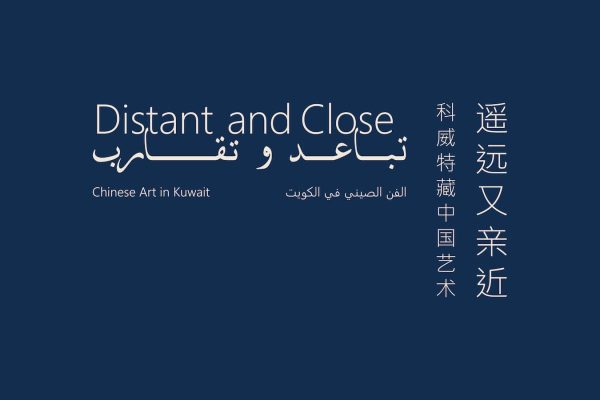
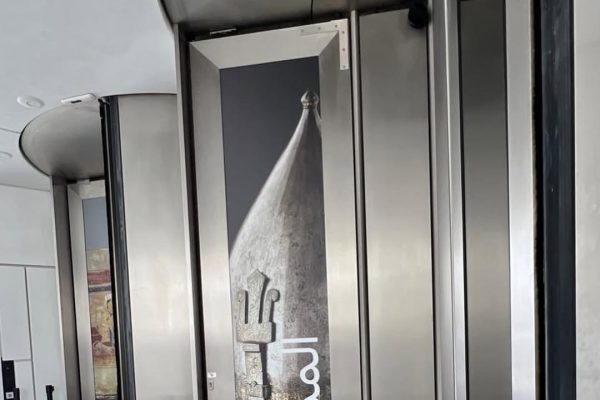
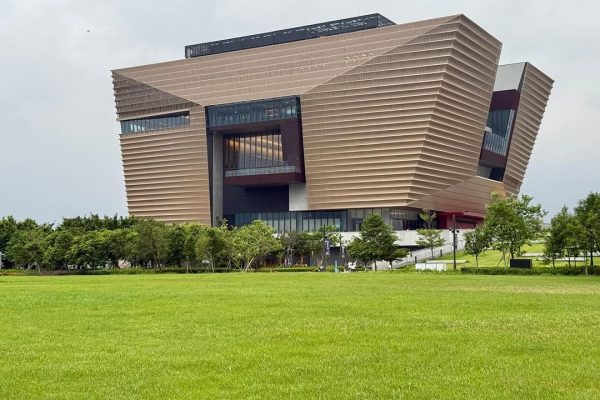
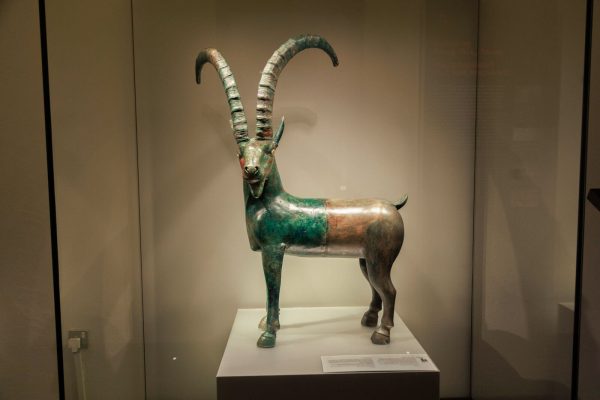
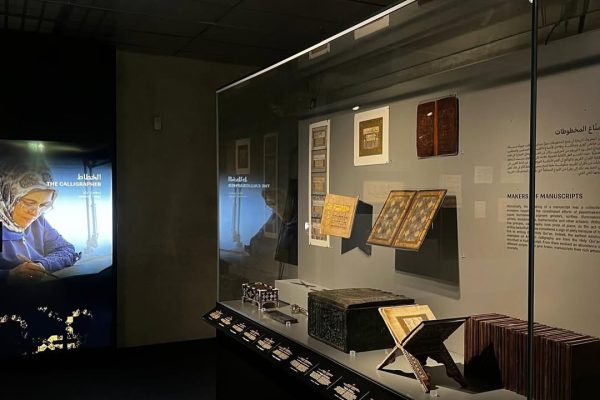
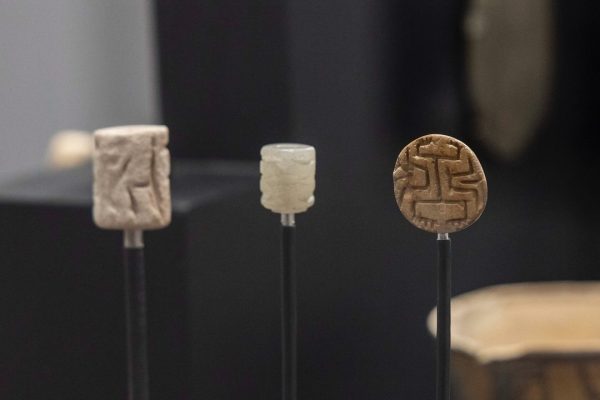

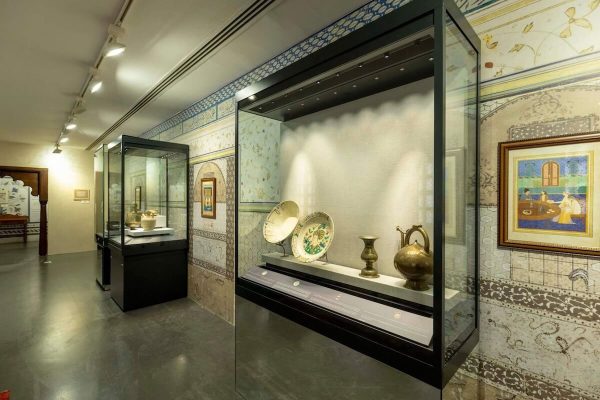
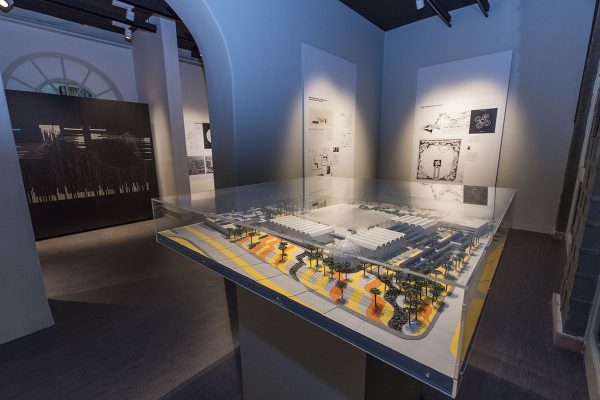
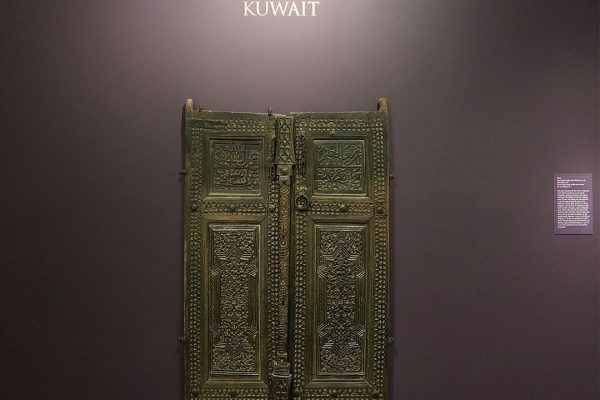
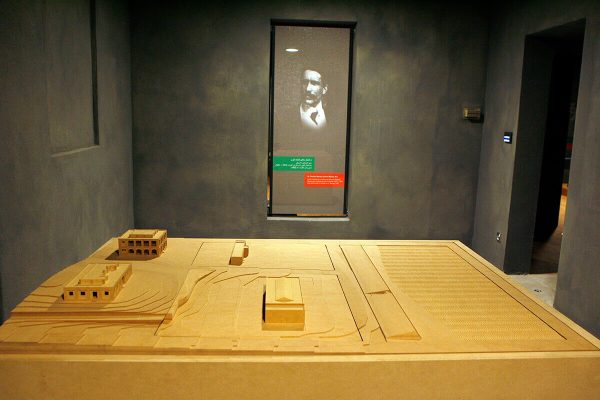
Collection
Publications
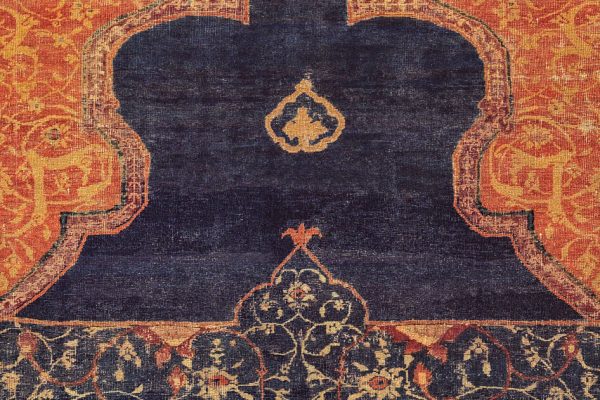
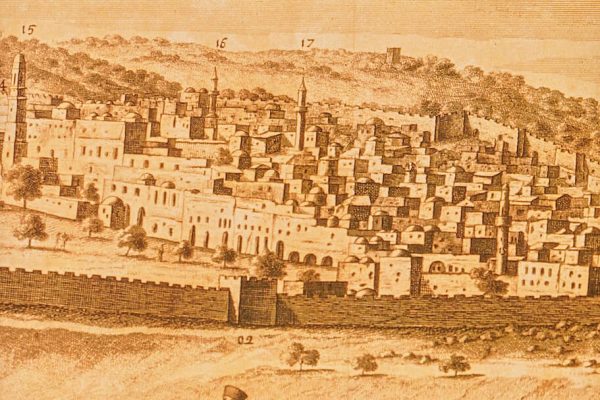
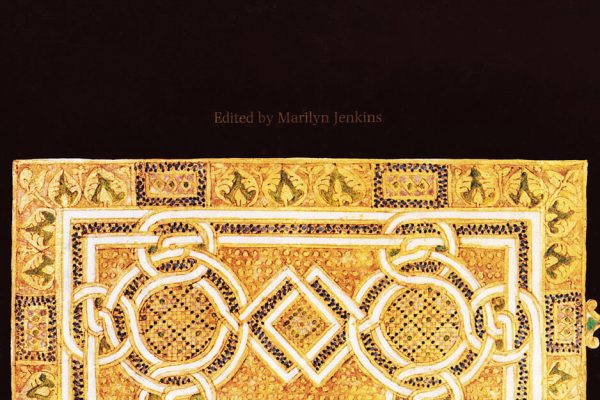
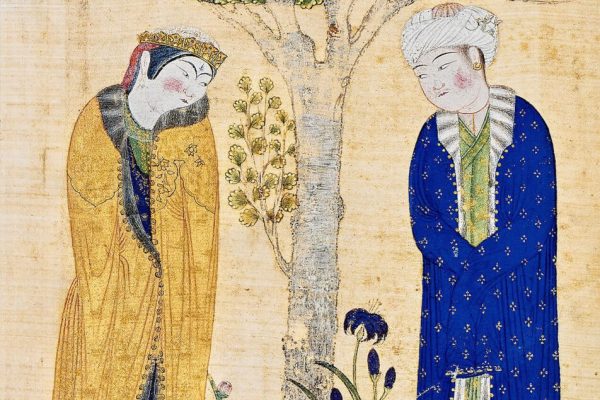
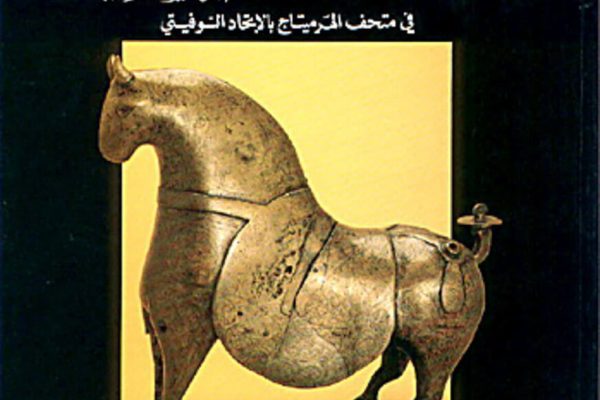
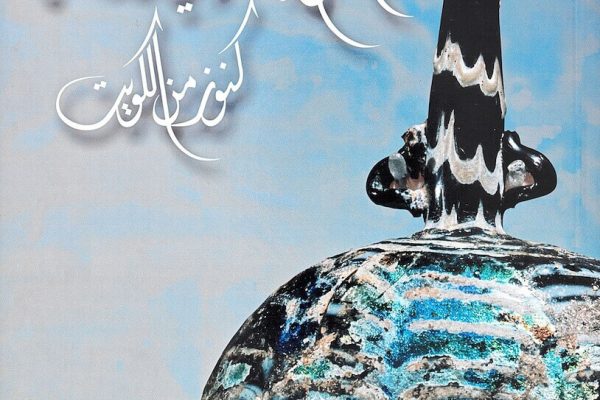
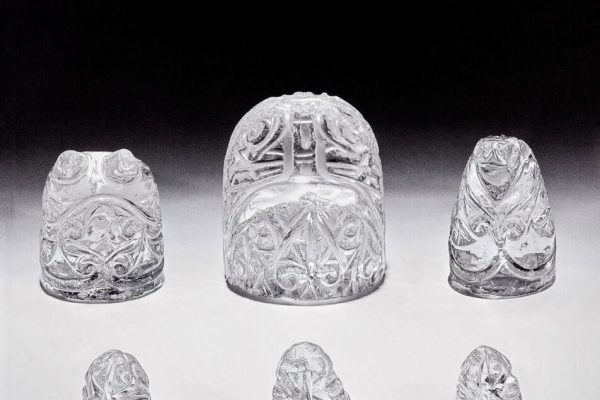
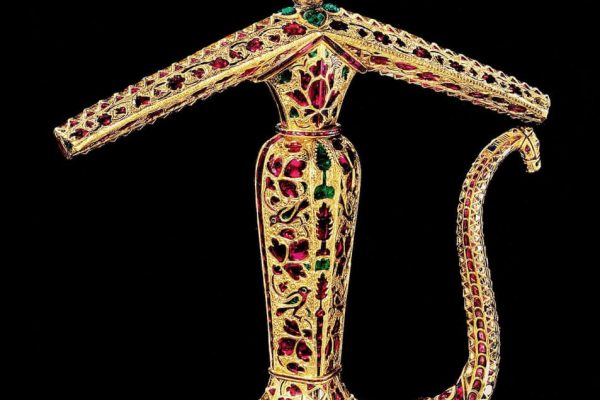
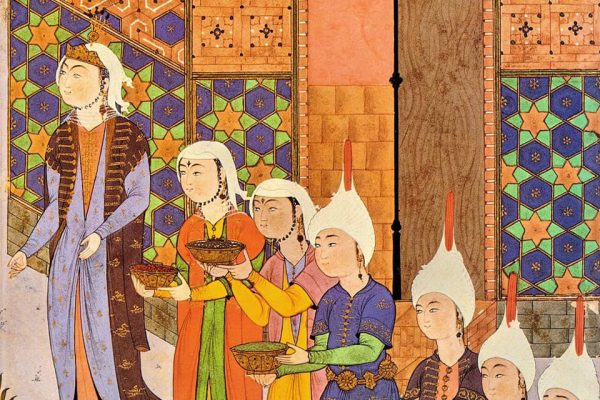
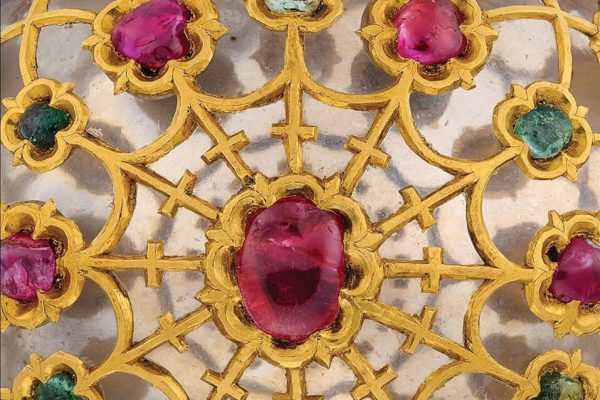
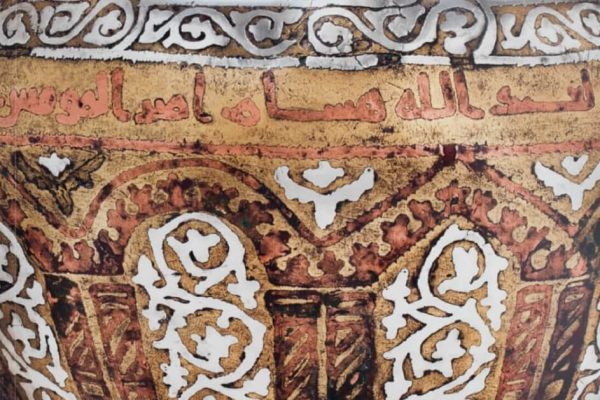
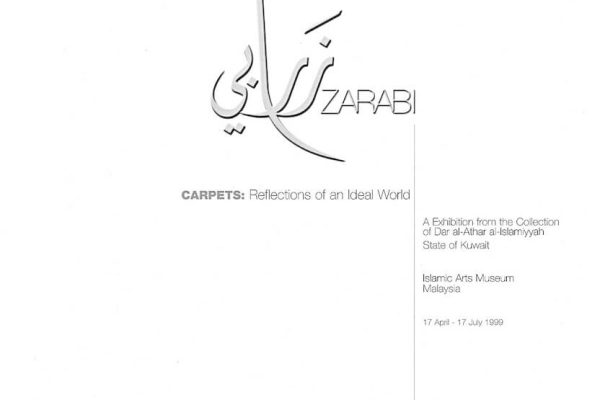
News & Press
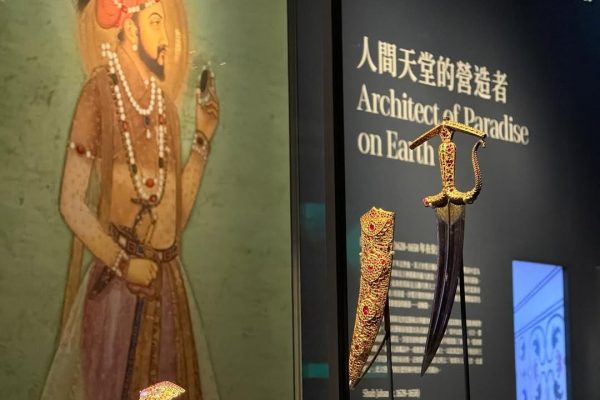
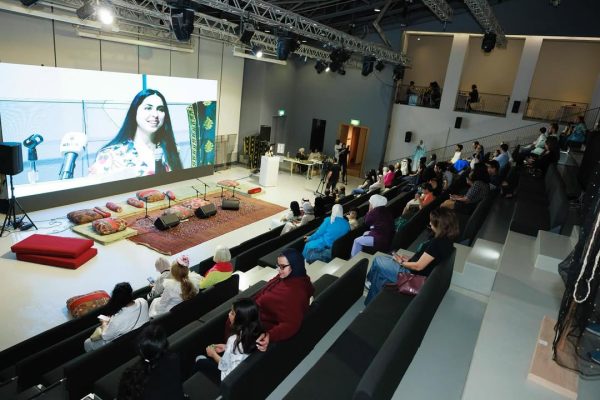
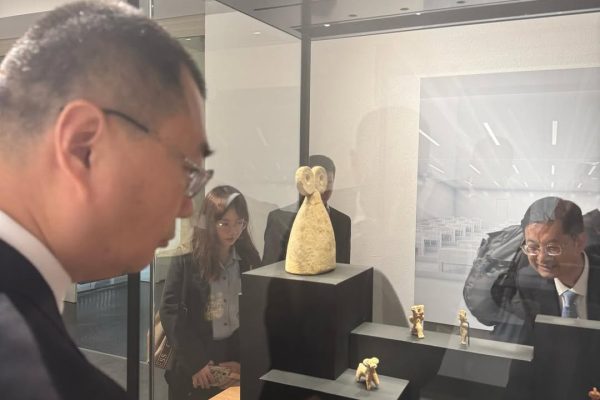
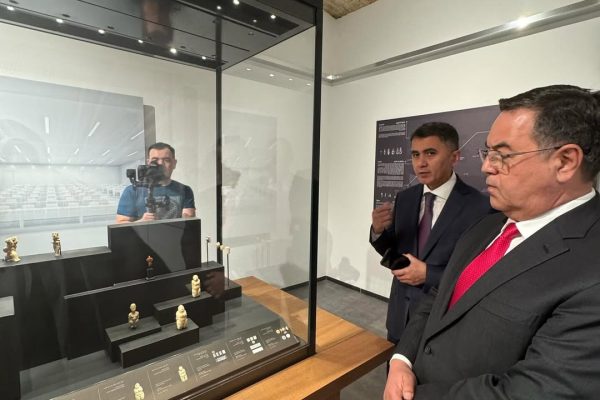
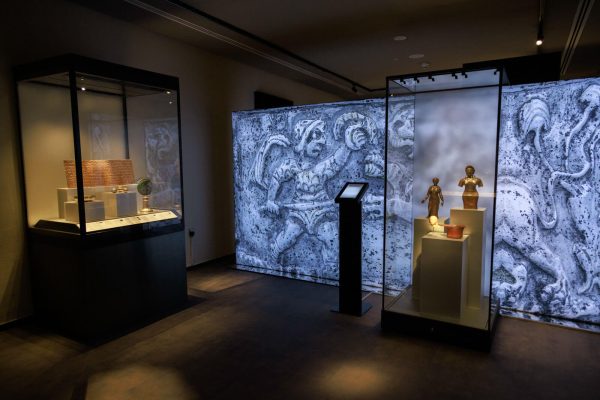
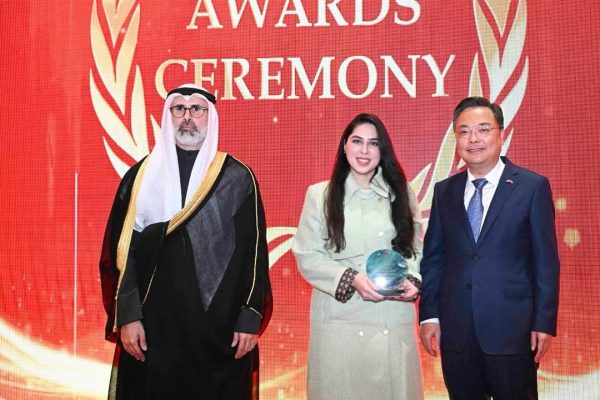
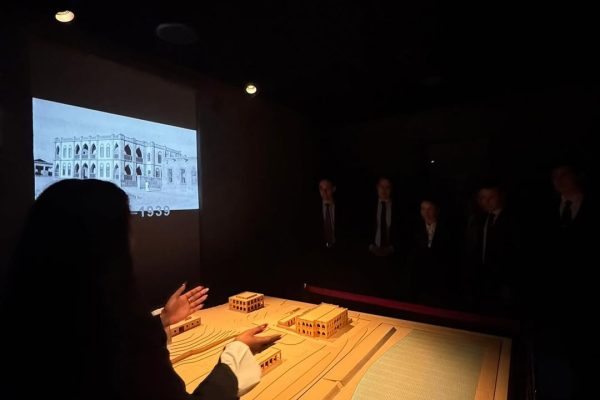
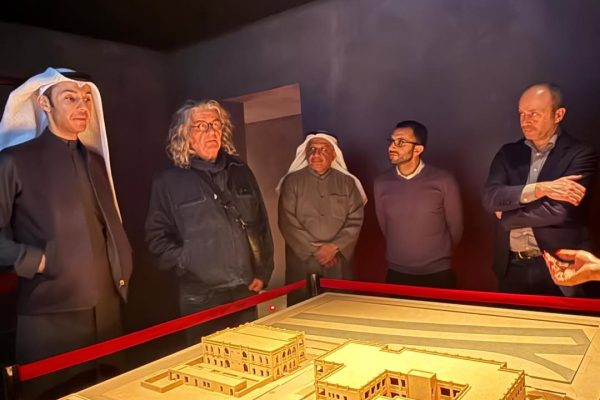
Sponsors
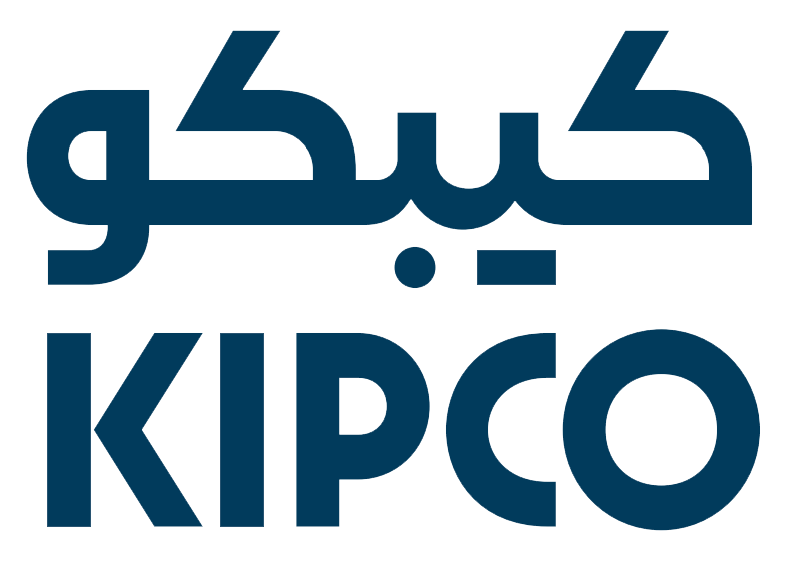


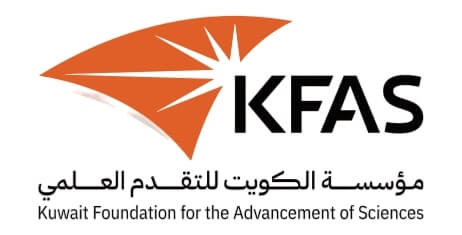


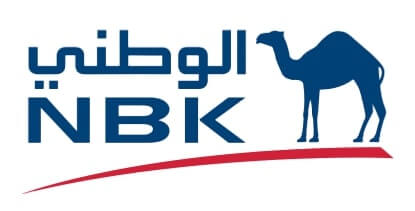

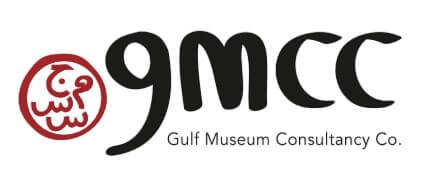

Subscribe to news about Dar al-Athar al-Islamiyyah and The al-Sabah Collection, Exhibitions, Courses and Events